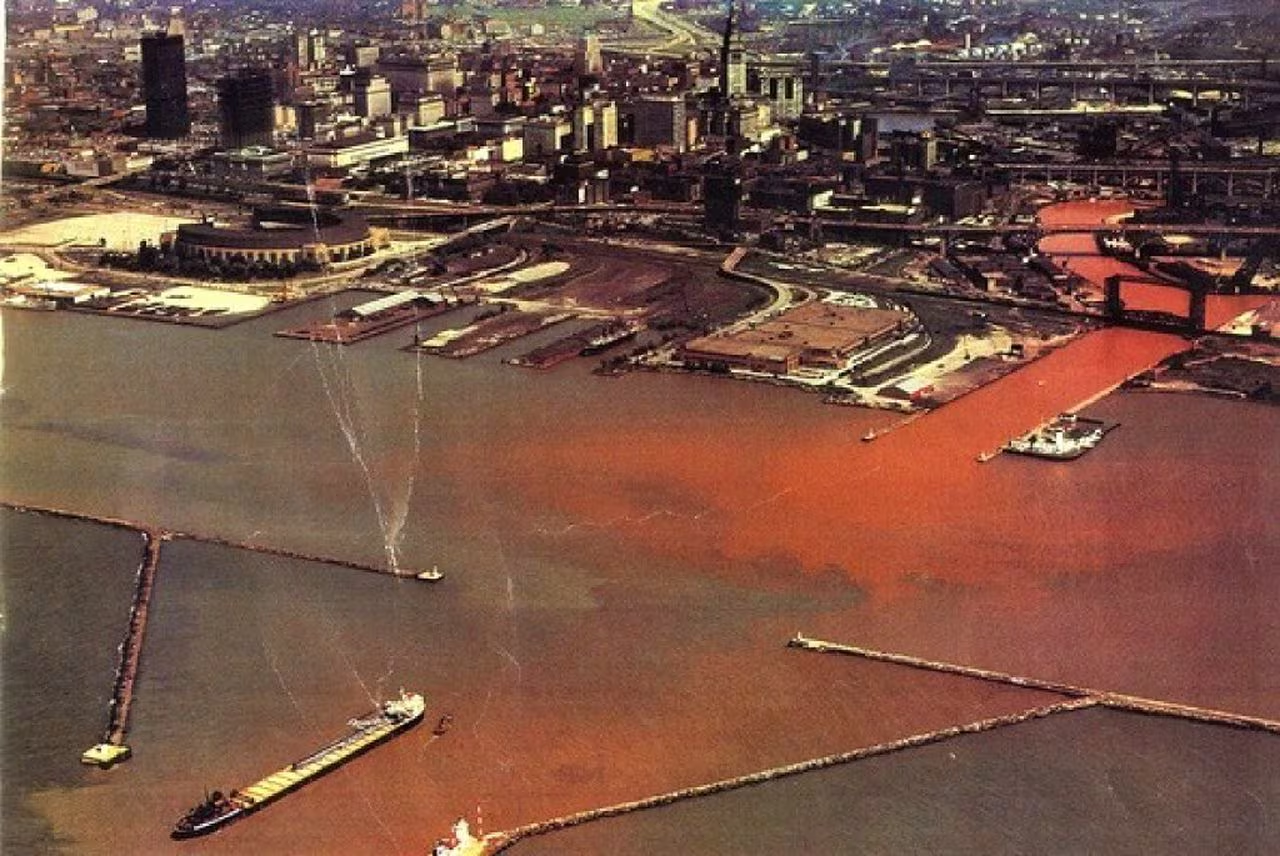Activity 3.1 – Human Population
trends involving demographics are a great way to understand the challenges different countries face. In this blog, I’m going to go into the topic of the population data of two different nations: Germany, a developed country, and Niger, one of the least developed countries in the world. By making comparisons such as data like birth rate, life expectancy, and Gross National Income, we can see how population trends impact each country’s environment, economy, and society. Germany: A Developed Nation Birth Rate: In Germany, the birth rate is about 9 births every 1,000 people. Like many other developed nations, Germany has a low birth rate because of factors like more access to contraception, higher education, and women prioritizing careers before starting families. Death Rate: The death rate is slightly higher, being 12 deaths every 1,000 people. paired with low birth rate, this means Germany is seeing a perfectly natural population decline. This is typical for developed countrie...


